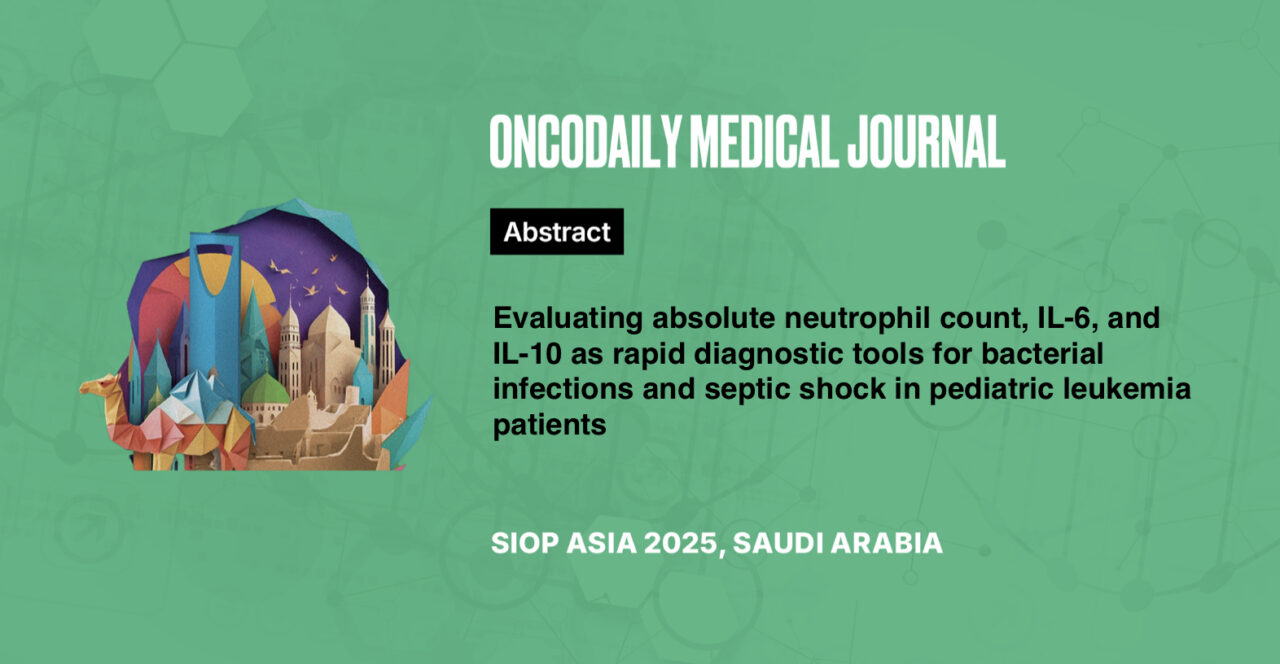Evaluating absolute neutrophil count, IL-6, and IL-10 as rapid diagnostic tools for bacterial infections and septic shock in pediatric leukemia patients
Abstract
Introduction: Objective is to evaluate the values of absolute neutrophil count (ANC), C-reactive protein (CRP), procalcitonin (PCT), interleukin-6 (IL-6), and IL-10 for predicting bacterial infections and septic shock in pediatric leukemia patients.
Methodology: This was a retrospective study conducted from January 2010 through June 2022, enrolled a total of 4022 febrile episodes from 1636 children. Blood cultures, ANC, CRP, PCT, and IL-2, IL-4, IL-6, IL-10, TNF-α, and IFN-γ levelwere simultaneously determined within 24 hours of fever onset.
Results: The 4022 febrile episodes included 2838 children with acute lymphoblastic leukemia(ALL), 691 with acute myeloid leukemia(AML), 235 with lymphoma, 14 with chronic myeloid leukemia, 9 with myelodysplastic syndrome, 55 with Langerhans cell histiocytosis, 16 with hemophagocytic lymphohistiocytosis, 59 with anemia, 16 with immune thrombocytopenia, and 89 with other diseases, which were analyzed together, with ALL and AML patients analyzed separately. For predicting bacterial infections, PCT≥1.0ng/ml, IL-6≥160 pg/ml, and IL-10≥30pg/ml had good diagnostic power, while ANC and CRP showed no diagnostic power. For predicting septic shock, CRP≥40 mg/L, PCT≥1.0ng/ml, IL-6≥160 pg/ml, and IL-10≥30pg/ml had good diagnostic power, while ANC showed no diagnostic power.
Conclusion: Due to their advantages of convenience and low cost, CRP and PCT are simple, easily obtained inflammatory indicators of bacterial infections and septic shock in pediatric leukemia patients, slightly powerless than IL-6 and IL-10.





